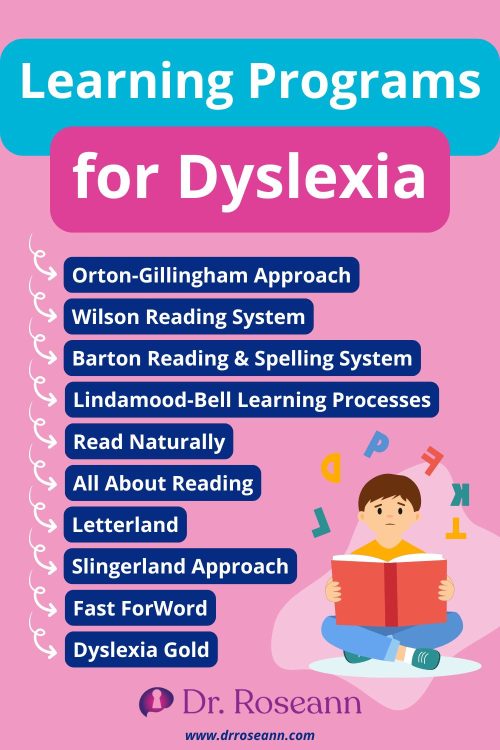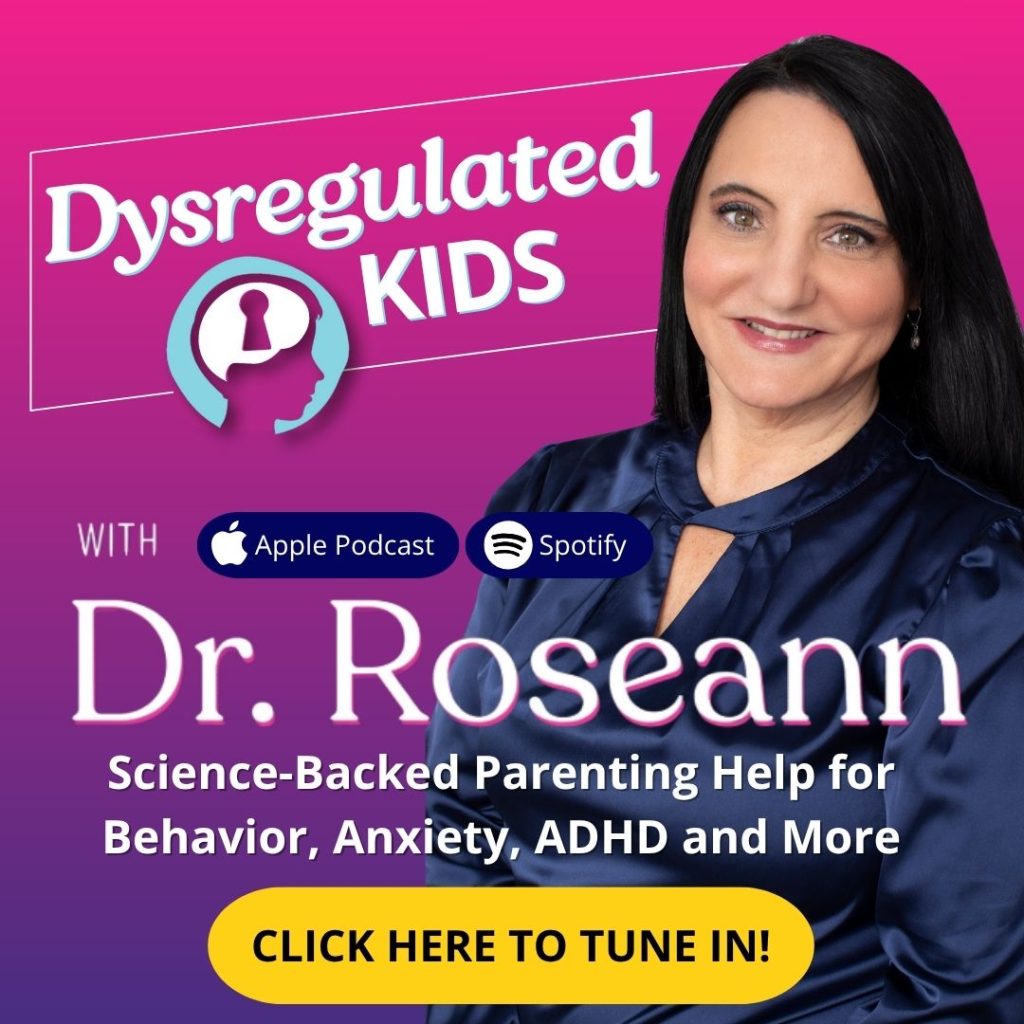Estimated reading time: 5 minutes
Ever wonder why your bright child struggles so hard with reading?
Dyslexia shows up in about one in five kids. That number might sound heavy, but it doesn’t slam doors shut—it just means their brain takes a different route, almost like choosing a scenic back road instead of the highway.
When we calm the brain first and offer steady support, kids find their way step by step. This guide answers common questions and shows how children with dyslexia can thrive.
What Causes Dyslexia in Children?
Dyslexia doesn’t have a single cause. Genetics often play a role, and neurological or environmental factors can shape how language is processed (Snowling & Melby-Lervåg, 2016).
Think of it not as a defect but as a wiring variation. The brain regions that handle language don’t always fire as smoothly, so reading takes extra effort and energy.
Contributing factors may include:
- Family history
- Differences in brain activity during reading
- Early phonemic awareness challenges
And here’s the truth: your child isn’t broken—their brain just learns differently. Calm the brain first, and everything follows.
Can Dyslexia Be Diagnosed Early?
You don’t have to wait until reading turns into a daily battle. Screening as early as preschool or kindergarten gives children a real shot at smoother learning and stronger confidence before frustration snowballs.
Imagine a loose bike wheel—you wouldn’t send your child flying downhill and hope for the best. You’d tighten it right away so the ride feels steady and safe. Dyslexia works the same way: early attention prevents bigger crashes later.
Red flags to notice early:
- Struggles with rhyming games or songs
- Slow progress connecting letters with sounds
- Family history of reading difficulties
Your child isn’t broken—they simply learn in a different rhythm. Calm the brain first, and everything follows.
What Are the Best Ways Parents Can Support a Child With Dyslexia?
When your child struggles with reading, it can feel like the ground drops out beneath you. You want to help, yet sometimes it feels like you’re fumbling in the dark.
Here’s the hopeful truth—your support at home can shift everything. A calm space, steady encouragement, and the right tools give your child not only skills but belief in themselves again.
Ten Ways Parents Can Support a Child With Dyslexia
1. Get a proper evaluation
- An assessment shines a light on exactly where your child trips up—whether sounds, fluency, or comprehension.
- Ozernov-Palchik and Gaab (2016) found that spotting dyslexia early allows children to benefit from intervention before challenges snowball.
2. Bring in an advocate when needed
- Ever felt lost in school meetings? An advocate helps cut through the fog.
- They translate jargon into steps you can act on and make sure your child’s rights stay protected.
3. Partner with teachers
- Teachers witness your child’s daily highs and lows.
- When you stay in sync, school strategies and home routines mesh together.
- Share what calms your child and watch confidence slowly bloom.
4. Access extra school help
- Ask for research-backed programs like Orton-Gillingham or Wilson.
- Accommodations—whether audiobooks, more time, or smaller groups—don’t give unfair advantage. They open locked doors.

5. Track progress
- A notebook or even your phone can become your best ally.
- Tracking growth shows what’s helping, and it arms you with proof if you need fresh supports.
6. Choose the right reading program
- Multisensory programs pull in eyes, ears, and hands all at once.
- When instruction targets decoding and fluency, long-term gains stack up like bricks building a strong foundation (Galuschka et al., 2014).
7. Find skilled instructors
- A good tutor doesn’t just teach—they notice subtle struggles and pivot.
- Ask about training in dyslexia-specific methods because expertise matters more than generic support.
8. Talk openly with your child
- Silence breeds shame. Explain dyslexia as a unique learning style, not a flaw.
- Share stories of entrepreneurs, artists, or leaders with dyslexia—real-life proof that different wiring can create brilliance.
9. Boost brain health
- Brains thrive with proper sleep, steady movement, and nourishing food.
- Simple habits—like short walks or breathing games—help a nervous system settle so learning feels less like a battle.
10. Explore neurofeedback
- Neurofeedback acts like a mirror for the brain, showing it where patterns need adjusting.
- Many parents notice better focus, calmer moods, and smoother learning once brainwaves fall into balance.

Every step counts. Even the smallest actions stack into a tower of confidence. And remember—what looks like misbehavior or resistance often reflects a dysregulated brain.
Regulate. Connect. Correct. Calm the brain first, and everything follows.
When Should Parents Seek Professional Help?
If your child still struggles with reading after steady support, it may be time for a professional evaluation.
Make sure to seek help if:
- Reading challenges persist past Grade 1–2
- Your child avoids school or books
- Anxiety or low self-esteem begin to show up
A neuropsychologist or dyslexia specialist can provide clarity and open doors to effective support.
At my center, we use QEEG Brain Maps to understand how the brain is working and offer drug-free therapies like Neurofeedback and CALM PEMF™—both in-office and at home. These approaches help calm the brain so learning feels less like a battle.
Parent Action Steps
FAQs
Does dyslexia mean my child isn’t smart?
Not at all. Dyslexia has nothing to do with intelligence. Many children with dyslexia are creative, resourceful, and even excel at problem-solving. Their brains just process language differently, and with the right support, their gifts can shine.
Can tutoring help with dyslexia?
Yes. Structured literacy tutoring—like Orton-Gillingham or Wilson—uses step-by-step, multisensory methods that make reading “click.” With steady practice, kids build skills and confidence. Tutoring restores hope, reminding them they’re capable learners.
Do kids outgrow dyslexia?
Dyslexia doesn’t disappear, but strategies and consistent support make reading and writing far easier. Over time, challenges lessen, and many adults thrive by leaning on strengths and effective tools.
What is the best age to test for dyslexia?
The earlier, the better. Screening can start in preschool, with formal testing in early elementary. Still, evaluation at any age brings clarity and opens doors to support that works.
Citations
Galuschka, K., Ise, E., Krick, K., & Schulte-Körne, G. (2014). Effectiveness of treatment approaches for children and adolescents with reading disabilities: a meta-analysis of randomized controlled trials. PloS one, 9(2), e89900. https://doi.org/10.1371/journal.pone.0089900
Ozernov-Palchik, O., & Gaab, N. (2016). Tackling the ‘dyslexia paradox’: reading brain and behavior for early markers of developmental dyslexia. Wiley interdisciplinary reviews. Cognitive science, 7(2), 156–176. https://doi.org/10.1002/wcs.1383
Snowling, M. J., & Melby-Lervåg, M. (2016). Oral language deficits in familial dyslexia: A meta-analysis and review. Psychological bulletin, 142(5), 498–545. https://doi.org/10.1037/bul0000037
Dr. Roseann is a mental health expert in Neurodivergence who is frequently in the media:
- The Creative Clinician’s Corner (Article) Helping Parents Get Unstuck
- WTNH News 8, (Article) How to keep your child focused in the classroom
- Best Life 13 Things to Do With Your Kids at Least Once, According to Therapists
Always remember… “Calm Brain, Happy Family™”
Disclaimer: This article is not intended to give health advice and it is recommended to consult with a physician before beginning any new wellness regime. *The effectiveness of diagnosis and treatment vary by patient and condition. Dr. Roseann Capanna-Hodge, LLC does not guarantee certain results.
Are you looking for SOLUTIONS for your struggling child or teen?
Dr. Roseann and her team are all about science-backed solutions, so you are in the right place!











